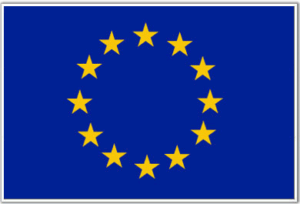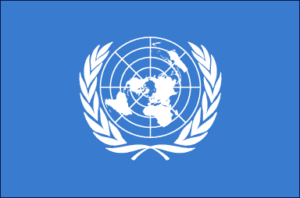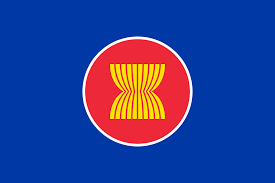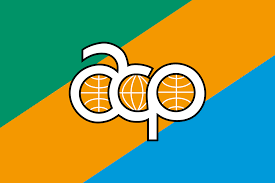The African, Caribbean and Pacific Group of States (ACP) is an intergovernmental organization that consists of 79 member countries from Africa, the Caribbean, and the Pacific regions. The ACP has its own distinctive flag, which represents the unity, diversity, and cooperation among its member states. In this article, we will explore the flag of the ACP, its design, symbolism, and significance.
ACP Flag Facts
| Fact | Description |
|---|---|
| Design | A rectangular flag with three vertical stripes: gold, blue, and green |
| Gold Stripe | Represents the wealth, resources, and cultural heritage of the ACP member countries |
| Blue Stripe | Symbolizes the ocean, maritime heritage, and the connection between the member states and the world |
| Green Stripe | Represents the natural resources, environment, and the importance of sustainable development |
| Flag Dimensions | The official ACP flag has a ratio of 2:3, where the length is 1.5 times the height |
| First Use | The ACP flag was officially adopted in 1975 during the establishment of the organization |
| Flag Protocol | The ACP flag is displayed during official ACP events, conferences, and meetings |
Design and Symbolism
The ACP flag features three vertical stripes: a gold stripe, a blue stripe, and a green stripe. The gold stripe represents the wealth, resources, and cultural heritage of the member countries. It symbolizes the richness and diversity of the ACP nations and their contributions to the global community.
The blue stripe symbolizes the ocean, maritime heritage, and the connection between the member states and the world. It represents the vastness of the seas that surround the ACP countries and the importance of maritime trade, cooperation, and cultural exchange.
The green stripe represents the natural resources, environment, and the importance of sustainable development. It signifies the commitment of the ACP member countries to preserving the environment, promoting sustainable practices, and ensuring the well-being of future generations.
The three colors on the ACP flag—gold, blue, and green—reflect the cultural, geographical, and natural diversity of the member states. They embody the shared values, aspirations, and cooperative spirit of the ACP community.
Significance
The ACP flag holds significant symbolism as it represents the unity, diversity, and cooperation among its member countries. It serves as a visual reminder of the organization’s mission to promote economic development, sustainable practices, and cultural exchange.
The gold stripe on the flag represents the wealth and resources of the member states, highlighting their potential for economic growth and prosperity. It symbolizes the cultural heritage, traditions, and contributions of the ACP countries to the global stage.
The blue stripe represents the maritime connections and the ACP countries’ significance in the world’s trading routes. It signifies the shared history, cultural exchange, and cooperation among the member states in areas such as trade, tourism, and maritime affairs.
The green stripe symbolizes the ACP countries’ commitment to environmental protection, sustainable development, and the preservation of natural resources. It reflects their collective efforts to promote sustainable practices, combat climate change, and ensure a better future for generations to come.
Other Flags
 |
 |
 |
 |
| Flag of the United Nations | UNESCO FlagInternational Olympic Committee (IOC) flag | Olympic Flag | |
 |
 |
||
| ASEAN Flag | Flag of the Organisation of Islamic Cooperation |

